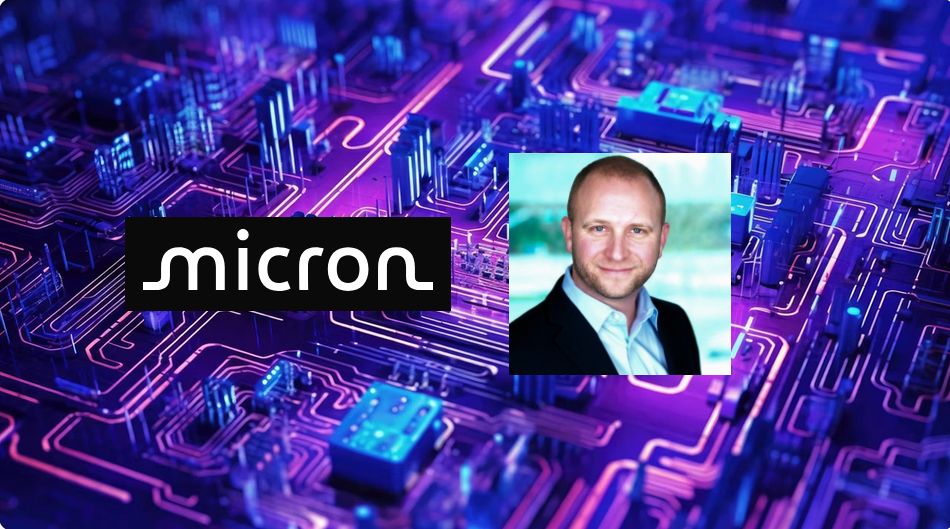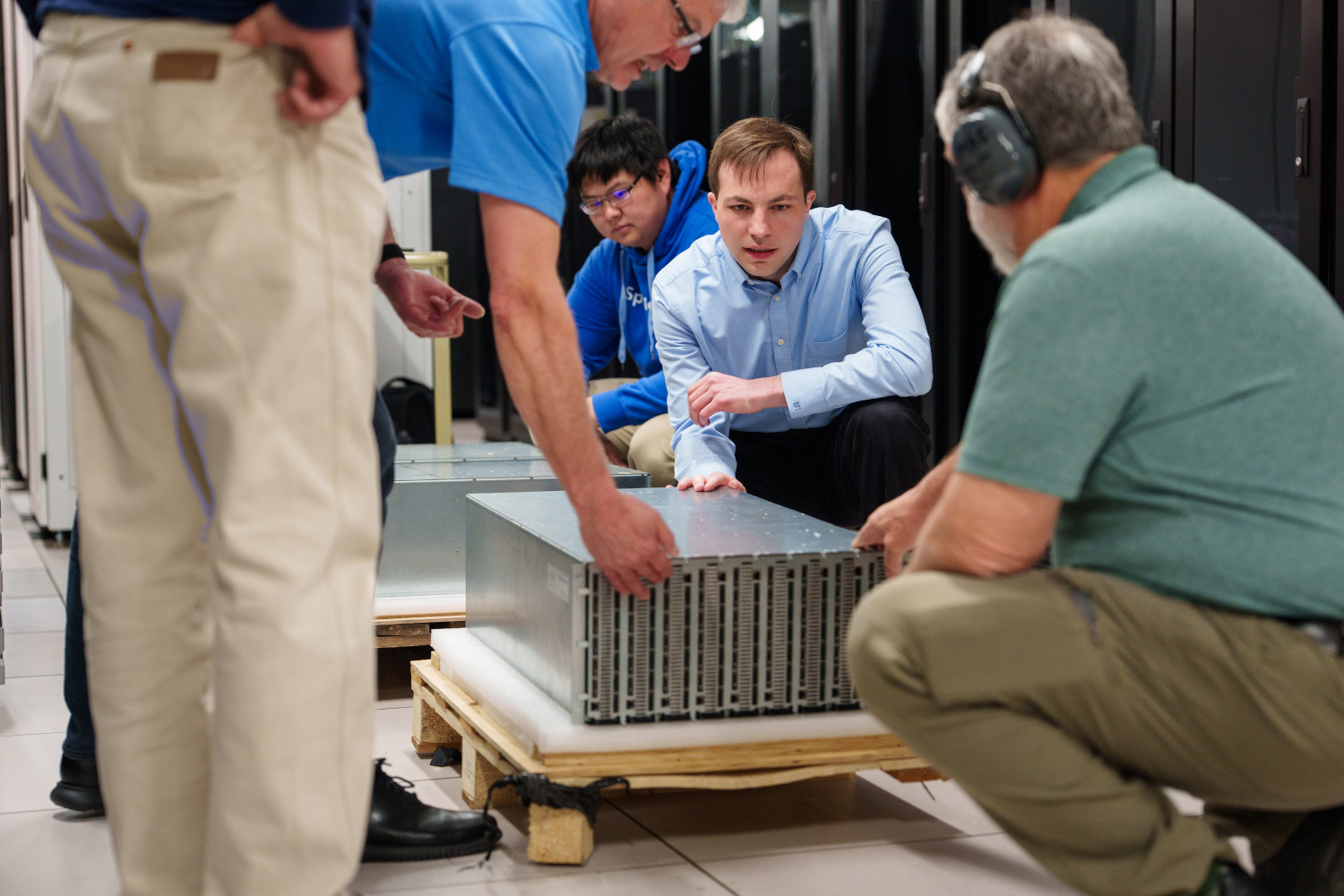Micron Unveils Trio of SSDs Targeting Diverse Markets

Micron announced three new SSDs aimed at different markets: the 9650 (PCIe Gen 6, TLC flash, focusing on speed), the 6600 ION (PCIe Gen 5, QLC flash, emphasizing high capacity up to 122.88TB), and the 7600 (PCIe Gen 5, TLC flash, prioritizing low latency). All three leverage Micron's latest Gen 9 276-layer 3D NAND, along with its own DRAM, NAND controller, and firmware. The 9650 boasts significantly improved performance thanks to its PCIe Gen 6 interface, while the 6600 ION caters to massive data storage needs with its enormous capacity, and the 7600 excels in low latency, ideal for AI and similar applications.
Read more
